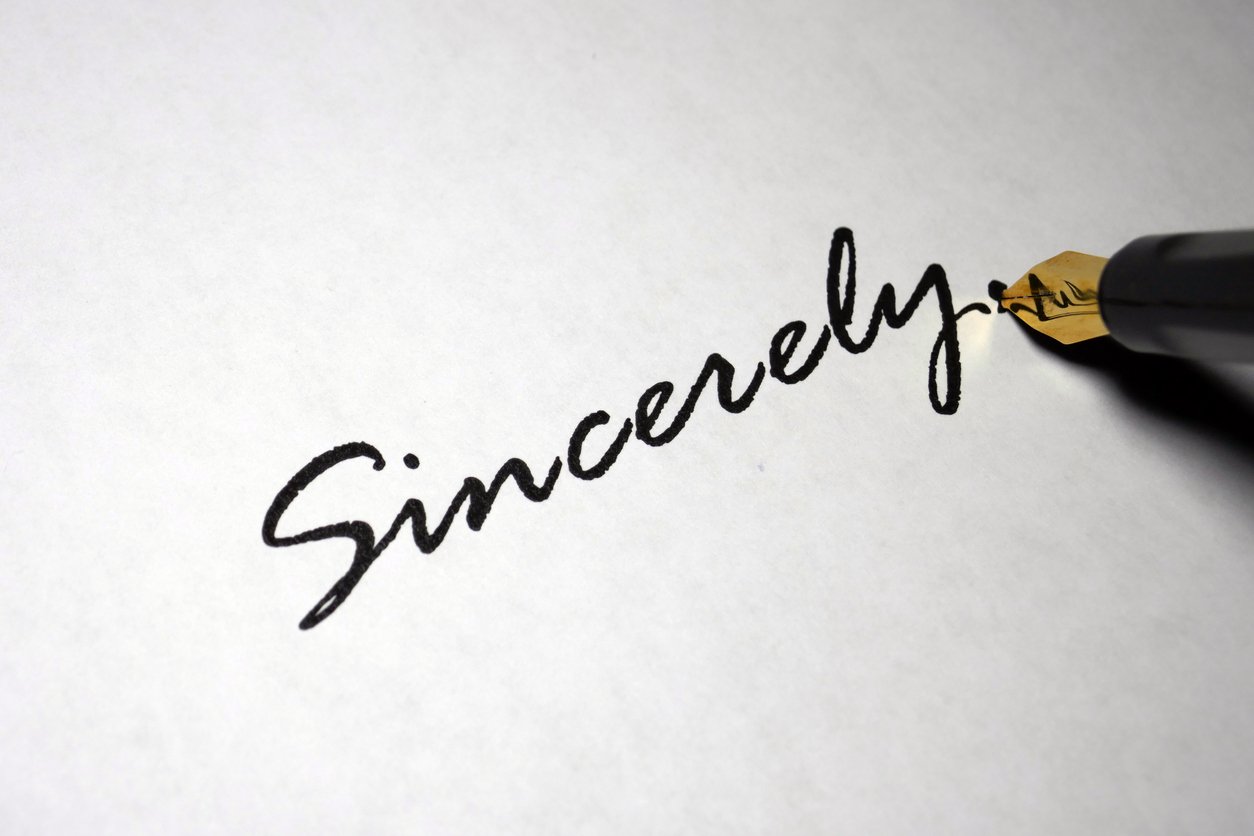The more planning you put into your note-taking, the better your client evaluations and recommendations will be. It’s vital that you take great notes. Of course, no one system works for everyone. Feel free to experiment. And once you find a system that works for you, stick with it and you’ll be in great shape.

I’ll share some tips from my method of note-taking. On our first conversation, I create a new file folder and name it after the prospect or company I’m working with. I then create an Excel workbook to insert into that new folder and name it accordingly, titling the file by the name of the client, followed by an underscore and the word “NOTES” in caps. Since Excel is searchable, it’s easy to find what I’m looking for using a keyword, date, name or other references. I can search in a given workbook, or across my entire hard drive if necessary, making this approach infinitely more functional than taking handwritten notes. And since my laptop is programmed to back up any saved file to the cloud, both my staff and I can search any of my notes at any time.
At the beginning of each conversation, I insert a new worksheet in the Excel workbook and label the tab with the conversation date followed by an underscore and the name of the contact (adding “et al” if others were present). I also enter the full names, emails and phone numbers of all participants at the top of the worksheet, along with the date, time and time zone of the call. I find it helpful to include their contact information in my Excel notes, even if they are already listed in my Outlook Contacts. I sometimes copy and paste their signature block from their email and add it to what I’ve written. That way I’ve got everything in one place and don’t have to search my inbox or anywhere else if I need to call, email or mail them in the future. And if their email signature line doesn’t include their actual email address – a big mistake, but many people make it – I copy/paste that as well.
As the conversation progresses, I take copious notes. Since I can type faster than I can write, I often accumulate more than a hundred lines of notes in a 30-minute conversation.
Whenever I agree to do something, I highlight it in red bold. When they agree to do something, I highlight it in red. That makes it easy to summarize the conversation at the end, first highlighting what I agreed to do, and then highlighting what they agreed to do, which ensures everyone is committed to taking action on whatever was decided during the conversation.
If there are personal elements of the conversation, like a recent vacation or something coming up, I make a note of that as well. It helps me remember the context in which we were speaking and these details can be referenced during our next conversation. For example, after hearing that my client would soon be visiting Philadelphia to drop their son off to college, I made a list of my favorite restaurants so my client would have some great places to visit if time permitted.
These are the mere basics of taking great notes, or at least the way I’ve done it for nearly 25 years. You’ll find additional insights in the lesson on note-taking featured in our Selling in 6™ program.
On a related note (pun intended), I also would recommend you check out David Allen’s Getting Things Done, which offers plenty of great advice on being both more organized and more productive.







